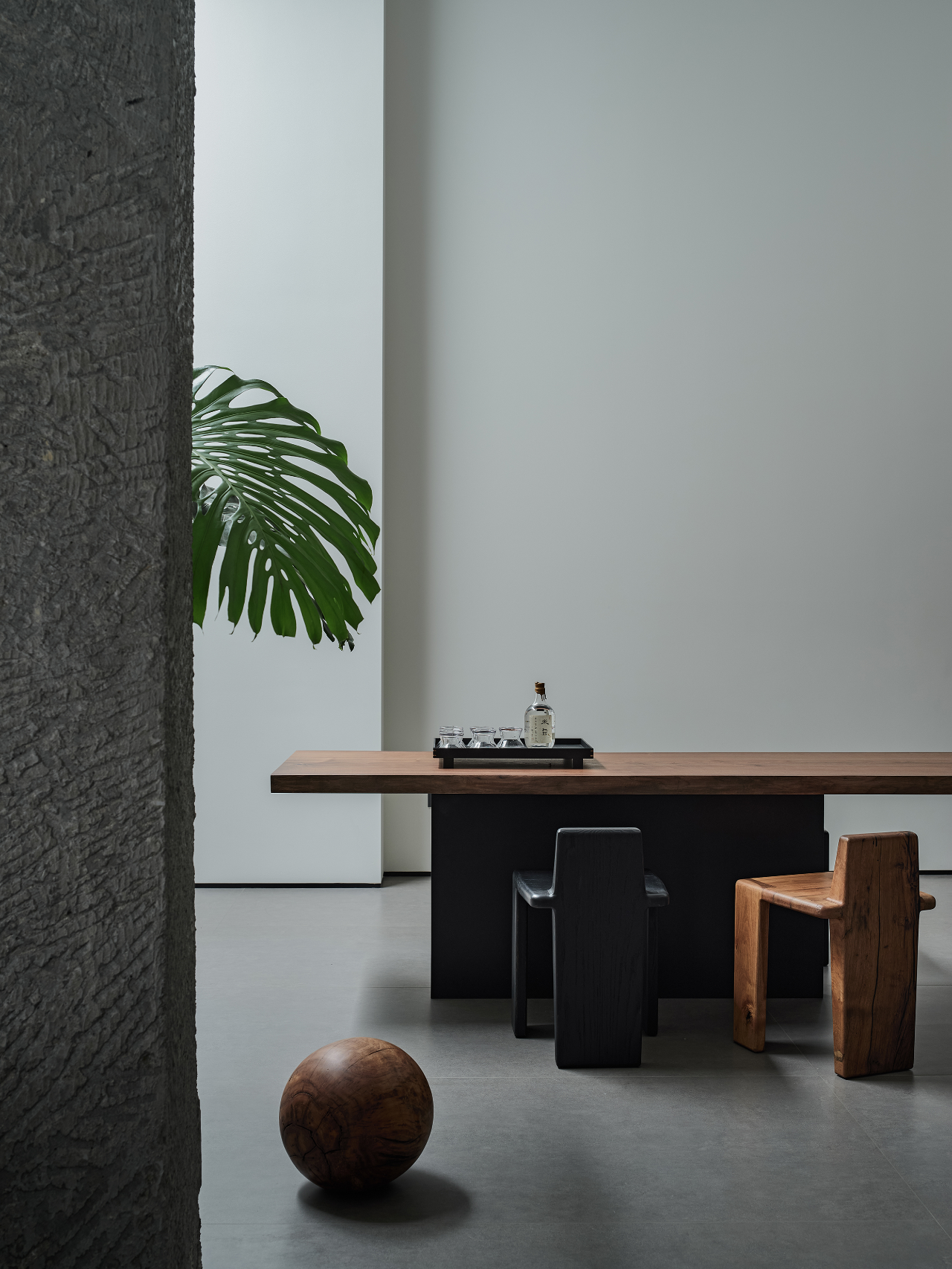Starbucks Coffee Kengo Kuma - Associates
2012-02-27 00:00
架构师提供的文本描述。星巴克的位置在某种程度上是有特色的,因为它位于日本最主要的神社之一大载府天门谷(DazaifuTenmangu)的主要入口上。这座神殿建于公元919年,一直被视为“考试之神”,每年接待约200万游客,祝他们成功。在通往靖国神社的主要道路上,有一两层的日本传统建筑。该项目旨在利用独特的对角线编织薄木系统,使结构与这样的城市景观相协调。
Text description provided by the architects. Location of this Starbucks is somehow characteristic, as it stands on the main approach to the Dazaifu Tenmangu, one of the most major shrines in Japan. Established in 919 A.D., the shrine has been worshiped as “the God for Examination,” and receives about 2 million visitors a year who wish their success. Along the main path to the shrine, there are traditional Japanese buildings in one or two stories. The project aimed to make a structure that harmonizes with such townscape, using a unique system of weaving thin woods diagonally.
这座建筑由2000个棒状零件组成,尺寸为1.3米至4米,截面为6厘米。木棍的总长度达4.4km。我们已经为奇多里和GC Prostho博物馆研究中心的项目进行了棍子编织试验,这次我们尝试了对角线编织,以带来方向感和流动性。在奇多里(Chidori)和气相色谱(GC)的一个点上,有三根棍子连接在一起,而在星巴克,由于对角线-一个更复杂的关节,四个步骤
The building is made of 2,000 stick-like parts in the sizes of 1.3m – 4m length and 6cm section. Total length of the sticks reached as far as 4.4km. We had experimented the weaving of sticks for the project of Chidori and GC Prostho Museum Research Center, and this time we tried the diagonal weaving in order to bring in a sense of direction and fluidity. Three sticks are joined at one point in Chidori and GC, while in Starbucks four steps come to one point because of the diagonal – a more complicated joint.
我们通过稍微改变支点的位置来解决这个问题,把这四根棍子分成两组,以避免集中在一个点上。在日本和中国的传统建筑中,堆积如山的小部件是高度发达的。这一次,结合最先进的技术,这种方法得到了很大的改进,从而使人们更深入地融入到建筑中来。这是一个流动的洞穴状的空间。
We solved the problem by slightly changing positions of the fulcrums, dividing the four sticks into two groups to avoid concentration on a single point. Piling up of small parts from the ground was highly developed in the traditional architecture of Japan and China. This time the method was greatly improved in combination with state-of-the art technology so that people are brought further into the architecture. It is a fluid, cave-like space.
 举报
举报
别默默的看了,快登录帮我评论一下吧!:)
注册
登录
更多评论
相关文章
-

描边风设计中,最容易犯的8种问题分析
2018年走过了四分之一,LOGO设计趋势也清晰了LOGO设计
-

描边风设计中,最容易犯的8种问题分析
2018年走过了四分之一,LOGO设计趋势也清晰了LOGO设计
-

描边风设计中,最容易犯的8种问题分析
2018年走过了四分之一,LOGO设计趋势也清晰了LOGO设计
























































